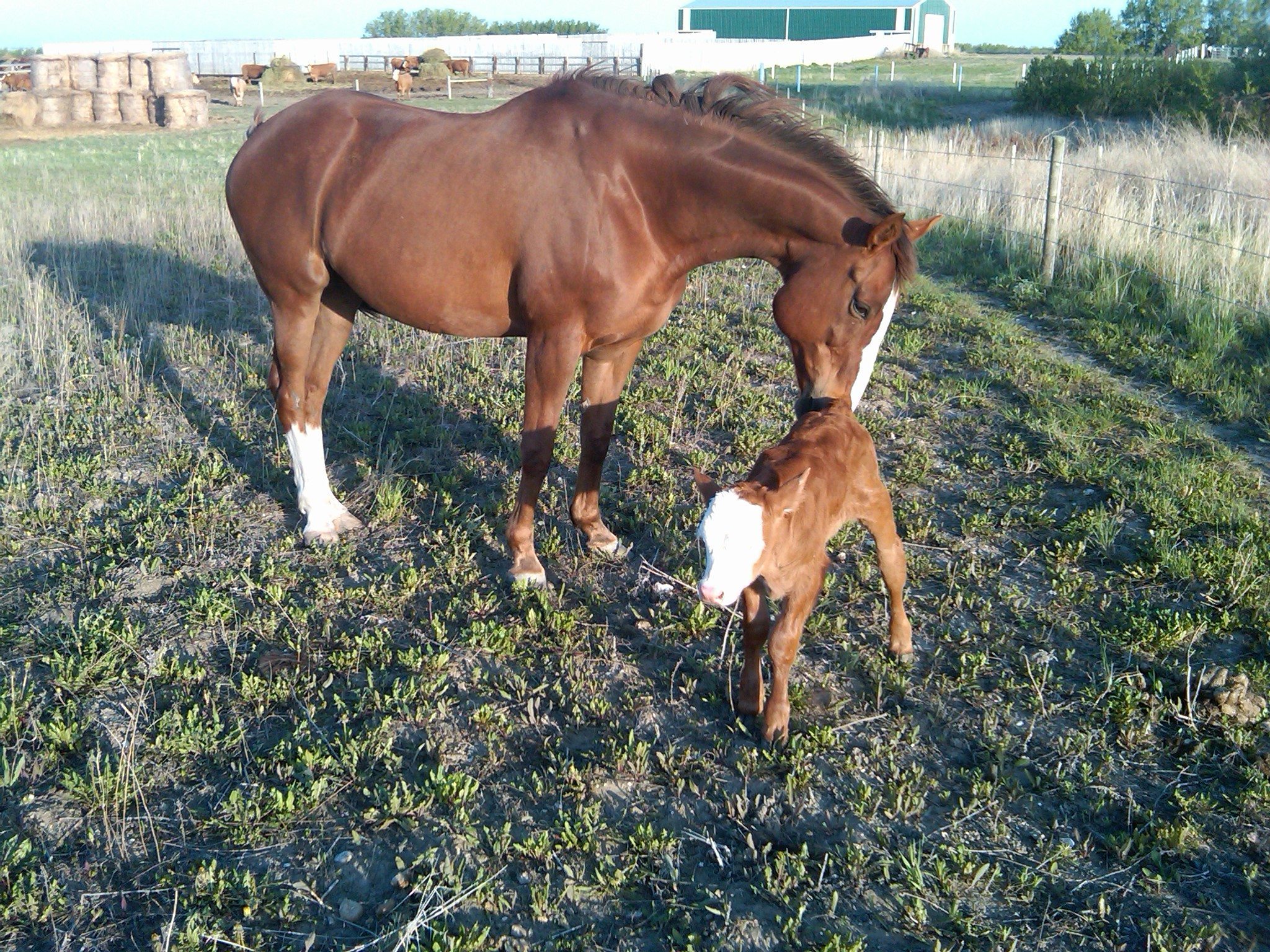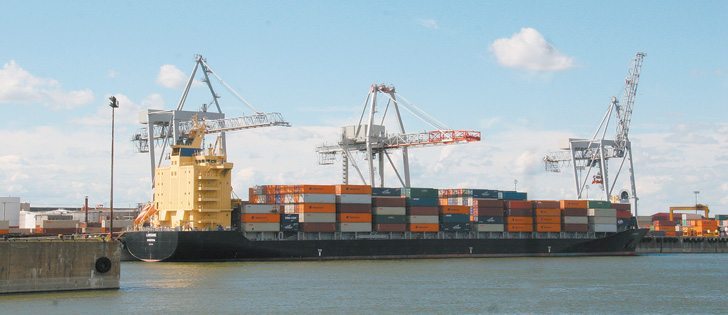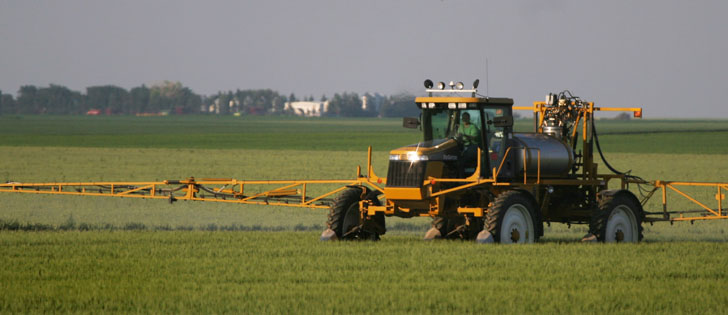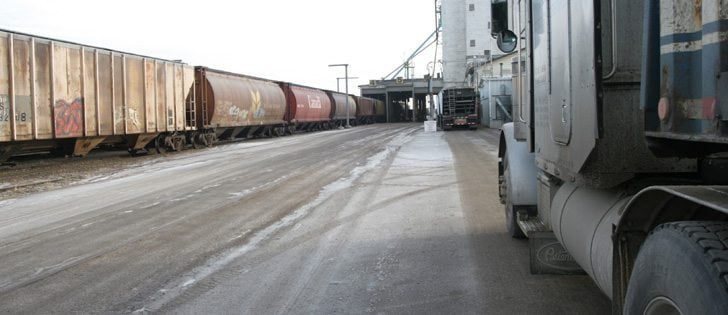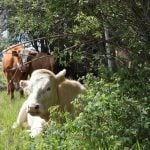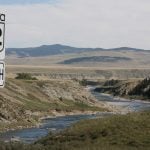I was sitting at the kitchen table with my parents last week, talking about the farm, while it poured outside.
Enough already, was Dad’s vote. There is more than enough moisture on his land, and he is naturally itching to get into the ground.
He’s not alone. Managing editor Mike Raine got rained out when he attempted to start seeding, and his farm is maybe 300 kilometres away from Dad’s, so the conditions are widespread.
That got me wondering when we stopped worrying about drought and started musing about whether this would be yet another wet spring. So far, there hasn’t been a lot of flooding rain, but the March-April snows and more recent precipitation have been game changers.
Read Also
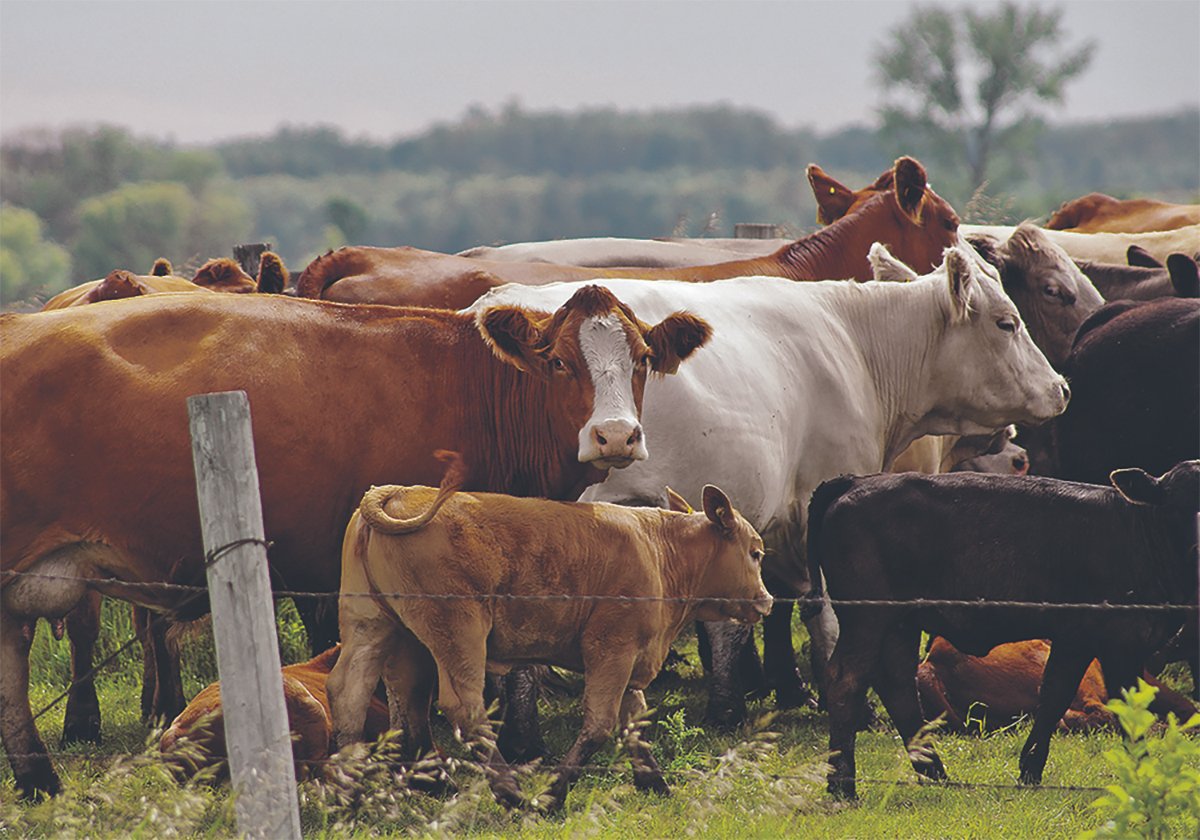
High prices see cow-calf producers rushing to incorporate
Farm accountants are reporting a steady stream of cow-calf producers rushing to get their operations incorporated ahead of selling their calves this fall.
In January and February, meteorologists and commodity experts were sounding alarms over weather patterns, and not surprisingly. It was a pretty strange, warm, snowless winter in most areas. But suddenly, most of Alberta and Saskatchewan are looking at normal to above normal moisture.
If you examined last week’s precipitation summary in The Western Producer, all of the areas listed in Saskatchewan were above normal, with the exception of Melfort, which was bang on 100 percent.
Regions around Wynyard, Yorkton, Kindersley, Swift Current and Val Marie had twice the normal amount, or more.
In Alberta, the only region suffering from low moisture was Pincher Creek.
Then it rained even more on the weekend. Now, a few regions are near three times normal.
Manitoba conditions are much more diverse. Brandon, Melita and Winnipeg areas are at normal or above, but Dauphin and Gimli are pretty dry.
Some farmers got onto the land remarkably early because of the dry winter.
It was a most unusual but excellent state of affairs: starting seeding extra early and staving off the threat of frost by days or even weeks. Every extra day you can get in this climate is a bonus.
Now, we’re sliding into the usual seeding time, and it’s hard to get on the fields in much of the growing region.
But if the rain stops in the next week or so, this could still be an unusually great year in prairie agriculture.
Weather permitting, of course.


